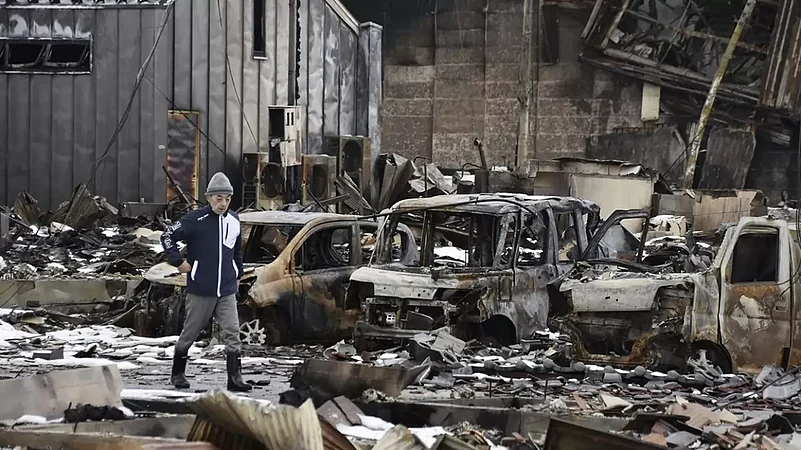As of Wednesday, 203 deaths were reported following the 7.6 magnitude quake that slammed the western coastline of Japan on New Year's. Seven of them were at evacuation centers, where rescued people died from injuries and sickness.
Such deaths weren't directly caused by the quakes, fires and mudslides. They happened in alleged safety. “The pressures and stress of living in a place you aren't used to lead to such deaths,” said Shigeru Nishimori, a disaster official at Ishikawa Prefecture, the hardest hit region.
Nearly 30,000 people whose homes were destroyed or deemed unsafe were staying at schools and other makeshift facilities. Even minor rain and snow can set off landslides where the ground is loose from the more than 1,000 aftershocks that rattled the region for more than a week. Half-collapsed homes might flatten.
Deaths from the New Year's temblor centered on Noto Peninsula in Ishikawa Prefecture have climbed daily, as rescue teams drew bodies from the rubble. Of the deaths, 91 were in Suzu city, 81 in Wajima, 20 in Anamizu, with the rest in smaller numbers among four other towns. The number of missing people declined in recent days to 68.
Those injured totaled 566, and 1,787 homes were destroyed or seriously damaged, according to Ishikawa officials. A tsunami, reaching as high as about 3 meters (10 feet), spewed into coastal homes after last week's biggest quake. A fire destroyed a part of Wajima city. A search began Tuesday into the remains of the fire for bodies.
Authorities warned about the raised risk of infectious diseases breaking out among people crammed into shelters. Food and drinking water supplies were short, especially initially. People slept on cold floors, some without blankets, amid dropping temperatures and harsh winds. Sheets were hung for partitions. A week after the disaster hit Ishikawa, camping tents were set up at a big hall to accommodate 500 people — a change that could prevent further post-disaster deaths. People who are pregnant, sick or old get priority for the revamped accommodations.
Soon, they'll be able to move to the 110 hotels and inns that volunteered to accept 3,000 people from the quake-damage region. With schools shuttered, people worried about the children, although some classes were moved to other campuses. As criticism grew about the government's disaster response, Prime Minister Fumio Kishida's administration earmarked 4.7 billion yen ($33 million) for the disaster to provide food, water, blankets, milk and clothing. The spending was expected to grow.
















